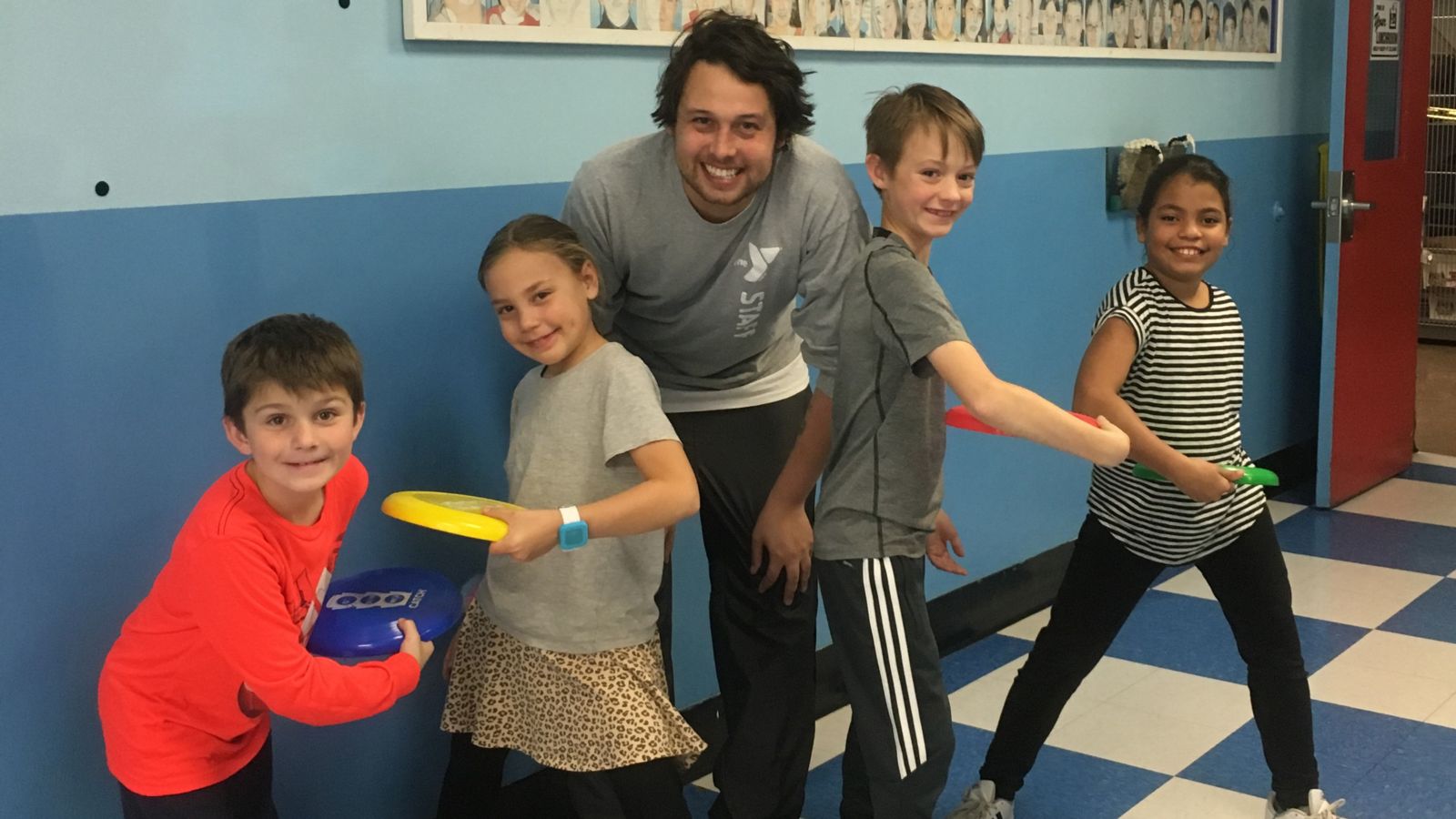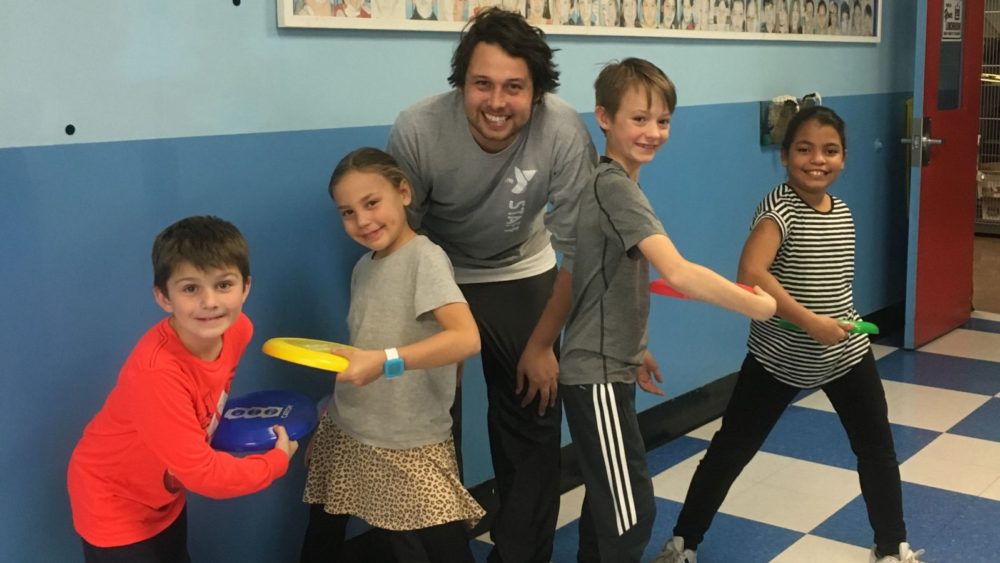 |
In recent years, many states across the country have started to seek government support to enact policies aimed at increasing healthy practices in out-of-school time environments. While many of these efforts are just beginning, few advocates have seen as much immediate success as the Alliance of New York State YMCAs. Now going into its third year of state-supported funding, the Alliance of New York State YMCAs, or “the Alliance,” has secured a cumulative $1.3 million for increasing the uptake of the Healthy Eating and Physical Activity (HEPA) Standards.
The Alliance first began to pursue HEPA policy changes at the state level four years ago, when the YMCA was awarded a Pioneering Healthier Communities (PHC) grant from the Robert Wood Johnson Foundation. Through a series of conversations with YMCA staff and volunteers, the Alliance determined that training and equipment were necessary to fully implement the HEPA Standards at YMCAs across New York.
According to Kyle Stewart, the Alliance’s executive director, once funding for HEPA training and equipment was deemed a priority for YMCAs in New York and the populations that they serve, the Alliance set out to secure support from state lawmakers and policymakers.
“We held meetings and follow-up conversations with the legislative leadership in both houses and the governor’s office, to help us gauge interest and build a blueprint for our strategy,” said Stewart. “Once we identified our strategy, we had to stay flexible because the ‘right approach’ can be a moving target.”
The Alliance initially requested a $1 million line item for HEPA implementation in the state budget. Though unsuccessful the first year, the Alliance and its coalition of partners secured $500,000 in the second year of their advocacy efforts. Stewart, pleasantly surprised with the relatively quick success, acknowledged the difficulty that often comes with advocating for a new policy measure.
“Advocacy is the Alliance’s mission and in New York state, we understand that achieving line item funding often takes several years to accomplish,” Stewart said. “To see our efforts come to fruition in just the second year is a testament to the excellent work and reputation of the Y and all afterschool providers across the state.”
Stewart and his team found a way to make the case for funding more clear and tangible by explaining the need with practical solutions.
“It wasn’t until we made our case more understandable that it really made a difference in our progress. For example, we explained that some afterschool sites need refrigerators to serve fresh fruits and vegetables.”
Finding that concrete explanations fostered the support they needed, the Alliance now uses such strategies in advocacy and communication outreach.
Stewart and his colleague, Paige Hughes, the Alliance’s director of healthy living, touted the strength they found in the coalition that was formed between themselves and other partners in the PHC grant community.
“It is very important to build a strong coalition that will work together on agreed-upon objectives,” Stewart explained. “While you may need to be flexible and change your argument from time to time, the main message remains consistent.”
Seeking independent evaluation of the effectiveness of the state-funded HEPA initiative on YMCA afterschool sights across New York, the Alliance commissioned Dr. Christine T. Bozlak from the SUNY Albany School of Public Health. Previously, Dr. Bozlak was a member of the PHC coalition and leadership team.
“This is yet another example of the importance of relationship-building in advocacy work,” said Hughes. “It takes more than the staff at one organization to successfully advocate for policies and funding that impact a greater cause.”
An important element in securing the funding for HEPA was explaining the role that afterschool and, more broadly, out-of-school time programs play in advancing healthy habits and lifestyles for our youth.
“We were asked, ‘How do afterschool programs fit into this public health issue?’” Stewart said. “Our answer was based on the role that afterschool programs play to not only benefit the social and emotional development of children, but also the health benefits that afterschool can and should provide. In addition, the parent engagement component of the HEPA standards is proven to benefit the whole family, where positive and lasting change starts.”
Given the size of the population served by YMCAs in New York, there is no doubt as to whether it can play a significant role in affecting the health of its youth. According to the Alliance, this state-funded HEPA initiative funded 241 afterschool sites across New York, serving more than 10,000 school-aged children. Students served come from a diverse set of socio-economic backgrounds and many receive a scholarship to help cover the cost of programming.
As this work continues, the Alliance is optimistic about the growing support of HEPA in out-of-school time programs and looks forward to the cross-cutting benefits that improved health and wellness resources provide for our communities.
“We’re excited to work with the state and our YMCA afterschool programs to continue this work,” Stewart said. “It is an important part of working with kids and families. Afterschool programs do so much good, and health and wellness is just one more benefit that we can provide to communities.”

Comments are closed.